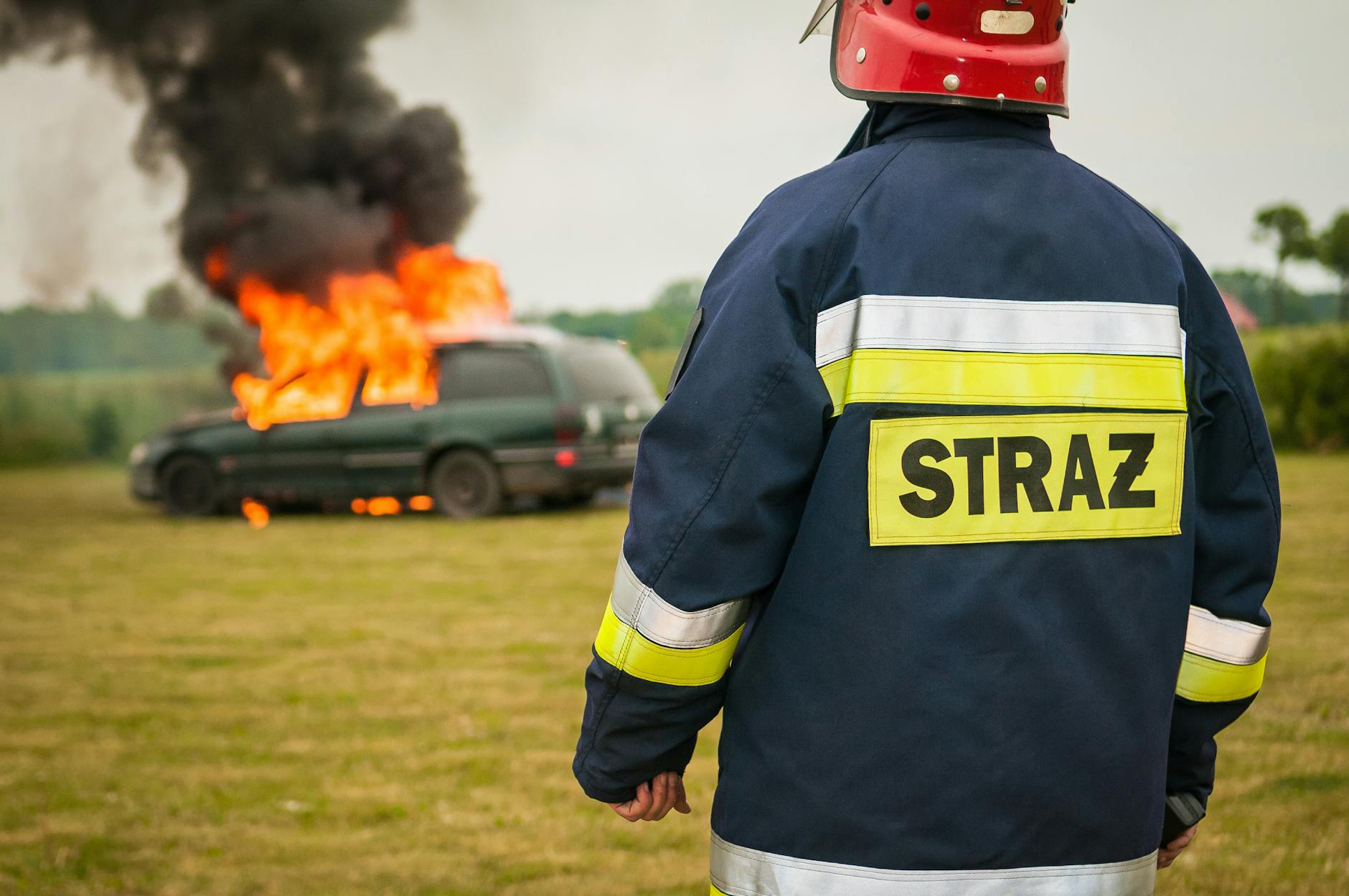
Accident Vs Incident Explained with 10 Examples of Each
Introduction
Many people use the terms accident and incident interchangeably, but they have different meanings. Understanding the difference is crucial for workplace safety, accident prevention, and proper reporting. In this article, we’ll explore these terms, give real-world examples, and highlight how to prevent them.
What is an Incident?
An incident refers to an unplanned event that does not necessarily result in injury or damage. Incidents can be near misses (where no harm occurs) or unsafe conditions that could potentially cause an accident if not addressed.
10 Examples of Incidents
- A worker slips but doesn’t fall – No injury occurred, but the floor is slippery.
- A minor gas leak detected and fixed – No explosion, but a hazardous condition existed.
- A toolbox falling but missing a worker – A near miss with no injury.
- A machine overheating but not catching fire – Could have led to a fire if ignored.
- A fire alarm going off due to minor smoke – No fire, but a warning sign.
- A car skidding but stopping safely – No collision, but could have been dangerous.
- A structural crack found during inspection – No collapse, but a risk exists.
- A worker feeling dizzy but recovering quickly – No fainting, but a health concern.
- A falling object caught before hitting someone – A near miss.
- A chemical spill cleaned up before causing harm – No injuries, but potential danger.
What is an Accident?
An accident is an unexpected event that results in injury, damage, or loss. Unlike incidents, accidents have real consequences and require immediate response.
10 Examples of Accidents
- A worker slips and fractures a leg – Injury occurred due to a hazardous condition.
- An explosion due to a gas leak – Serious damage and injuries result.
- A toolbox hitting a worker’s head – Actual injury caused by a falling object.
- A machine catching fire from overheating – Causes workplace damage and potential injuries.
- A car crash causing injuries – A collision leads to harm.
- A worker falling from a ladder and breaking bones – A preventable accident.
- A structural collapse injuring multiple people – A severe consequence of poor maintenance.
- A worker fainting from toxic fumes – Medical attention required.
- A falling object striking and injuring a worker – Hazard not controlled.
- A chemical spill causing burns or poisoning – A hazardous material incident.
Key Differences Between Accidents and Incidents
| Feature | Incident | Accident |
|---|---|---|
| Definition | An event that may or may not cause harm | An unexpected event causing harm or damage |
| Examples | Near misses, unsafe conditions | Injuries, structural damage, explosions |
| Outcome | No actual harm, but potential risk | Actual harm or damage |
| Reporting | May or may not be reported | Must be reported and investigated |
How to Prevent Accidents and Incidents
- Risk Assessments – Identify and address potential hazards before they cause harm.
- Proper Training – Educate workers on safety protocols and hazard recognition.
- Safety Procedures – Establish and follow strict workplace safety rules.
- Use of PPE (Personal Protective Equipment) – Ensure workers wear helmets, gloves, masks, etc.
- Regular Inspections – Check machinery, equipment, and environments for safety.
Conclusion
Understanding the difference between accidents and incidents is essential for workplace safety. Incidents serve as warning signs that something could go wrong, while accidents are the real consequences of uncontrolled hazards. By taking proactive measures, we can reduce risks and create a safer environment for everyone.
Heat Stress Hazards and Control Measures
How to Calculate Fall Distance OSHA
Leading Indicators Vs Lagging Indicators
Corrective Measures Vs Preventive Measures
FAQs
1. What is the biggest difference between an accident and an incident?
An incident is an unexpected event that may or may not cause harm, whereas an accident results in injury or damage.
2. Can an incident turn into an accident?
Yes. If hazards from an incident are not addressed, they can lead to accidents in the future.
3. Are all incidents reported in workplaces?
Not always, but major incidents and near misses should be documented to improve safety.
4. How can workplaces prevent accidents and incidents?
By identifying risks, providing proper training, enforcing safety rules, and using protective equipment.
5. Why is incident reporting important?
It helps identify hazards before they cause accidents, improving overall workplace safety.

























Educative and infomative